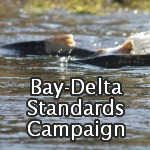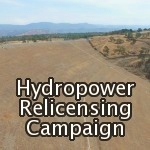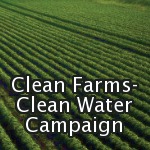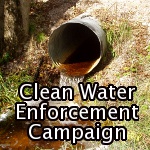CSPA presented a series of oral comments to the State Water Resources Control Board on Monday, June 6 concerning the Board’s environmental review of San Joaquin flow and salinity. A proceeding on San Joaquin flow and salinity is part of the Board’s update of its Bay Delta Water Quality Control Plan. CSPA, the California Water Impact Network, and AquAlliance presented joint written scoping comments on May 25.
In its oral comments, CSPA recommended to the Board:
- The Board needs to define its authorities for requiring increased flow from the Merced, Tuolumne and Stanislaus rivers.
- The Board needs a legal strategist and a technical lead for the San Joaquin flow and salinity process.
- The natural hydrograph is the beginning point for setting flows in every FERC relicensing. The Board needs to establish an technical team (including NGO’s) to determine how to integrate mimicking the natural hydrograph with reservoir operations.
- The Board should integrate water balance and water temperature models from the Merced River and Don Pedro FERC relicensings into the Board’s process.
- The Board should use its Clean Water Act Section 401 authority to define the studies it needs and get them done on the Merced and the Tuolumne.
- The Board should adopt and defend the salmon doubling goals defined by the Anadromous Fish Restoration Program. Central to this program was the understanding that people should be able to fish for salmon, not just admire them.
- In its ultimate balancing of interests, the Board should consider that San Joaquin Valley agriculture has steadily increased revenues during all water years, wet or dry, while the salmon industry in California is now on the ropes.
- The Board should establish flow standards and enforce them before it worries about adaptive management.









